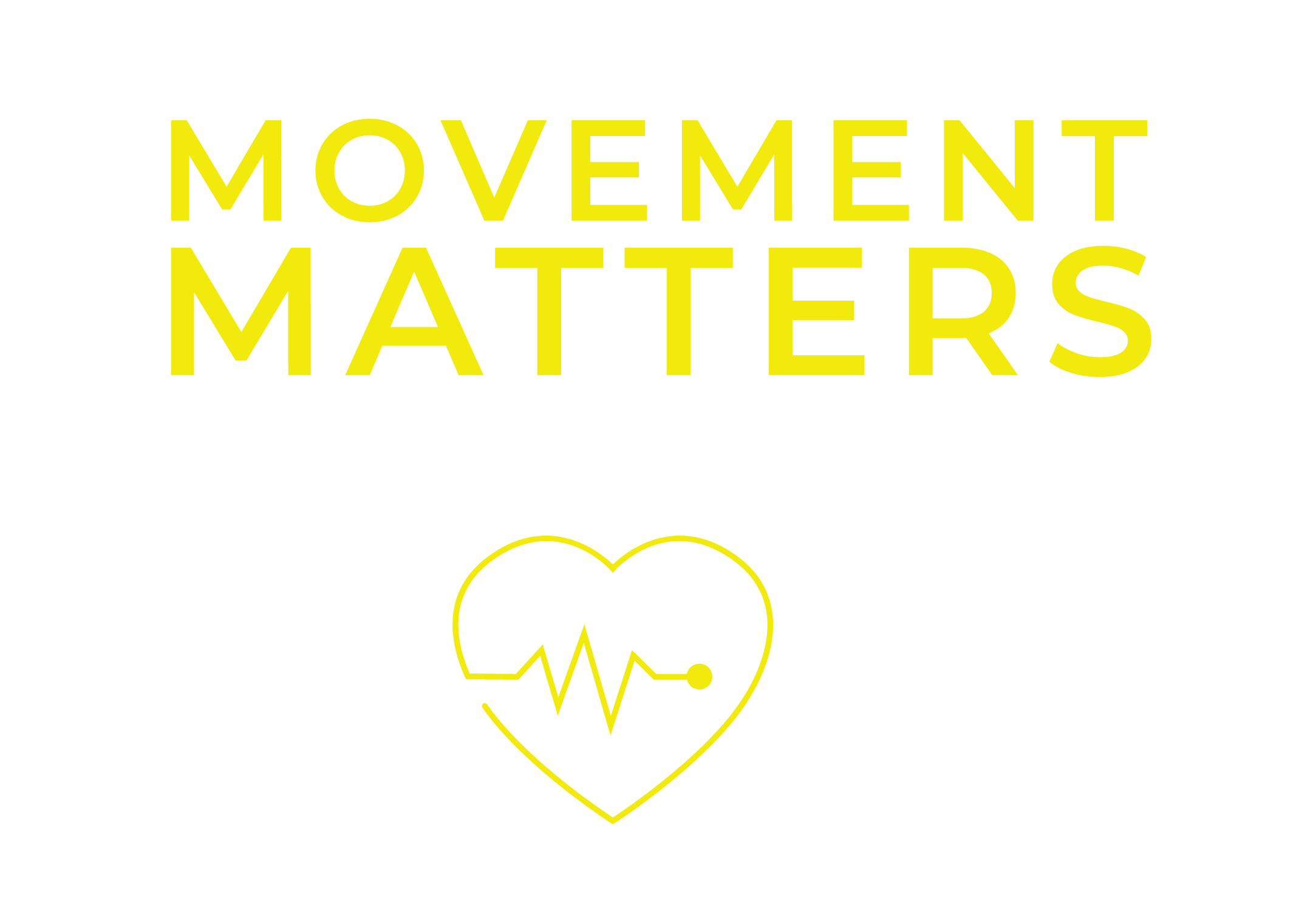Pain can seriously impede one’s quality of life. It can make day-to-day functions difficult to manage. However, pain can also act as the body’s natural way of sending you a message. Pain can sometimes be an indicator of an underlying condition you might not even know about. While medication can be successful in providing short-term relief, it won’t change the long-term outcome of a chronic condition.
If you are looking for a more meaningful solution to your pain, consider pain therapy – the safe and natural alternative to painkilling drugs. Pain therapy has been proven to provide long-term effects and the results can be felt after just a couple of short sessions. To learn more about how our pain therapy services can help provide you with long-term benefits, contact our office today!
The difference between acute and chronic pain:
Acute pain is typically easy to diagnose. When someone is experiencing acute pain, it is usually the body’s way of recovering from an injury of some sort (such as a car accident or a surgical procedure). Acute pain generally fades away once the affected part of the body has healed.
Chronic pain is a bit different. It refers to any pain that has constantly persisted for three months or longer, despite efforts to relieve it. It is possible for chronic pain to linger for months or even years before the cause is diagnosed and relief is found. The causes of chronic pain are not always easily diagnosed, since some causes of chronic pain can lead to deeper, underlying conditions. Some common causes may include:
- Chronic pain syndromes, such as fibromyalgia, which may affect muscles and nerves.
- Chronic overuse injuries, such as tendonitis, carpal tunnel syndrome, or plantar fasciitis.
- General muscle weakness, due to poor posture or an unbalanced body, which can cause knots or spasms.
- Extended lack of use, such as a lengthy recovery period after a procedure, that can cause the affected area to feel stiff or “frozen.”
- Areas of internal scar tissue buildup that can restrict neighboring muscles and connective tissues.
- Degenerative joint conditions, such as osteoarthritis, which produce chronic pain and inflammation.
Most of our modern medicine turns to pain-management drugs early on in the treatment process. However, this isn’t an effective treatment in the long run. Drugs may mute the pain while they’re in your system, but the underlying problem that’s causing the pain remains untreated. As long as that untreated condition persists, so will your long-term pain – meaning an endless cycle of drugs, pain, and then more drugs. When this happens, our tolerance to the drugs builds up, forcing us to use more and more as the pain continues to linger. This becomes an issue with many prescription drugs, as several of them contain harmful side effects and addictive chemicals.
The safe and natural solution:
According to the Centers for Disease Control (CDC), non-pharmaceutical pain treatment is actually preferred over pharmaceutical pain treatment, and in most cases, they even do a better job at controlling pain.
While drugs may not help treat long-term pain, physical therapy can. Once the origin of the pain is diagnosed, a physical therapist can create an individualized treatment plan aimed at relieving pain and increasing functional abilities. Our physical therapists may start by addressing your immediate discomfort with passive physical therapy techniques. These natural treatment techniques can include any combination of:
- Deep tissue massage to decrease inflammation of your internal tissues.
- Ice and heat therapies to reduce swelling and inflammation.
- Electrical muscle stimulation to stimulate your body’s natural painkillers (endorphins) through tiny amounts of electrical current.
- Ultrasound therapy to enhance blood flow and relax tight muscle fibers through sound waves.
Once you show substantial signs of improvement with your passive treatments, your pain therapist will introduce your active therapy treatment plan. This will include exercises that address both localized pain and referred pain problems. For example, gentle stretching exercises can loosen tight, painful muscles and increase mobility in arthritic joints, while core training exercises can correct your balance and relieve chronic strain or neurological symptoms in the body.
At our practice, we are dedicated to providing long-lasting relief. Our pain therapists can help you get to the root of your problems and stop your pain at its source, without the need for harmful drugs. If you are looking for a natural treatment, without those nasty side effects, contact our office today. We’ll set up an appointment for you and get you started on your path toward long-lasting pain relief!
Sources:
https://www.everydayhealth.com/pain-management/physical-treatments-for-pain.aspx





